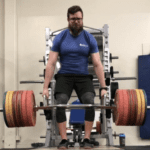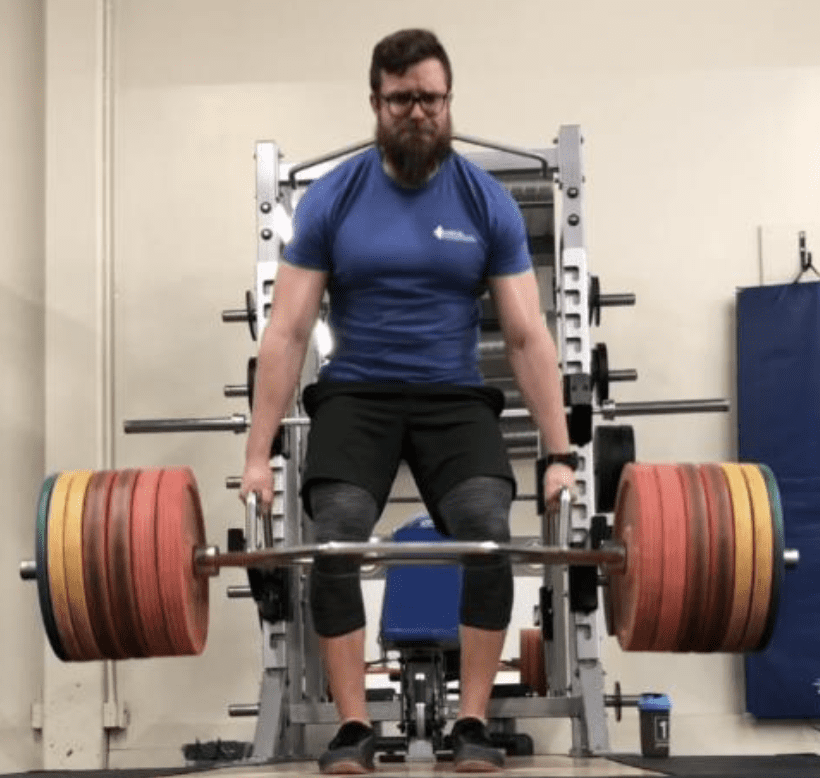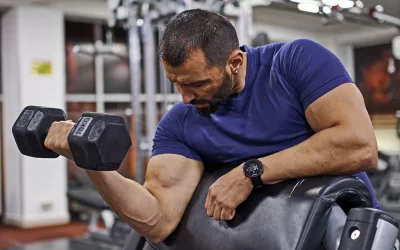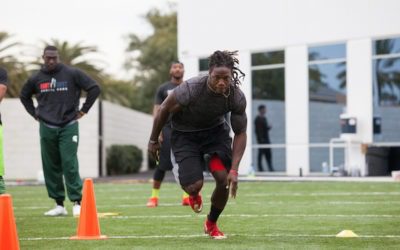Perfect Your Deadlift Form: Use the Wedge
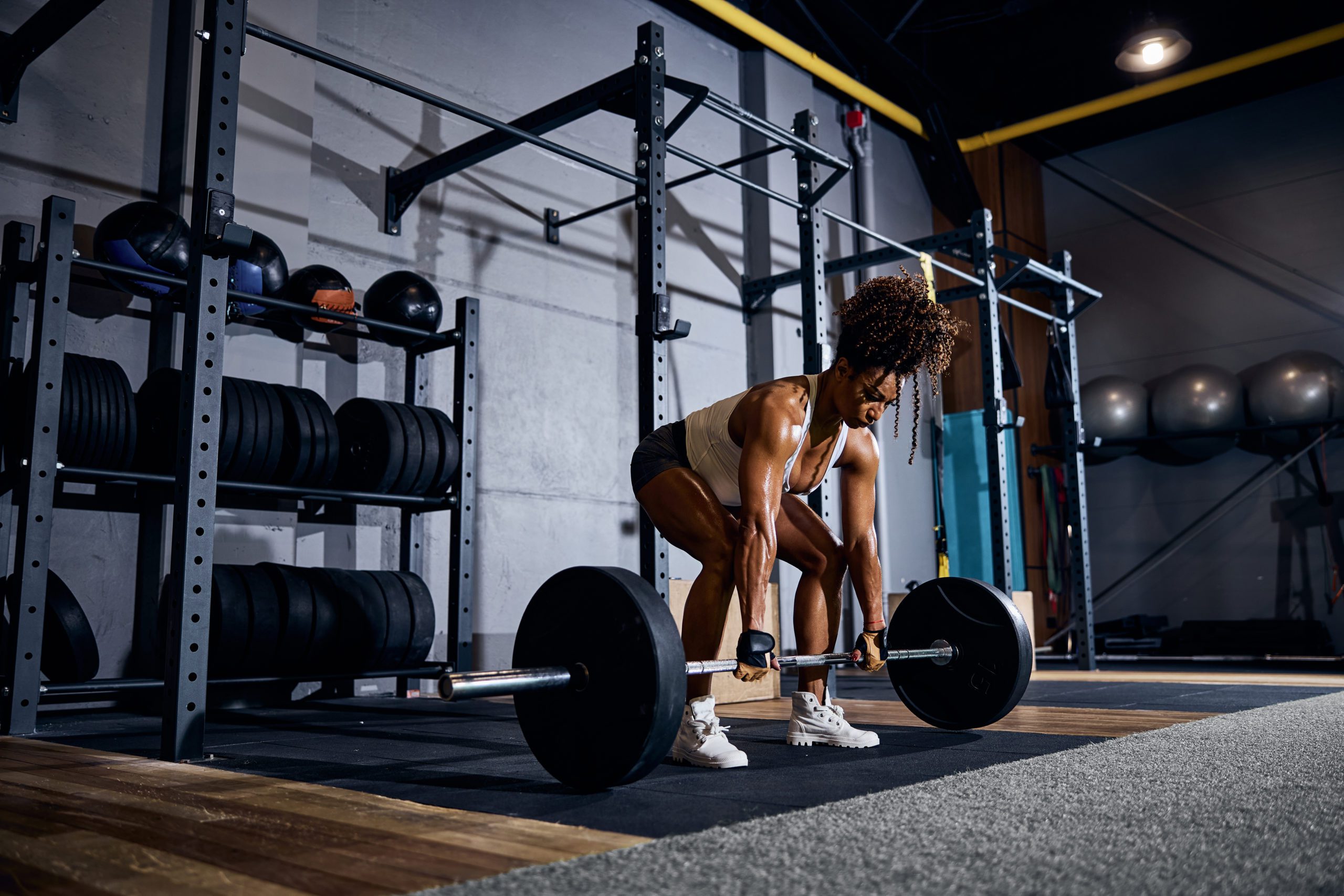
Are you actually deadlifting with good form? Many athletes think they are, but aren’t aware of the small (but troublesome!) mistakes they’re making. Using the wedge method ensures proper form to prevent injuries and maximize your gains.
Marc Lavallee has trained Canadian military units in the Search and Rescue Technician (SAR-Tech) program along with members in their active duty and selection phases. He currently coaches for a policing agency. In this blog, he’ll tell you how and why to wedge the bar to master your deadlift form, along with common mistakes to avoid

The First Rep Is Key for Deadlift Form
I’ve worked with a number of athletes over the years, from novice gym-goers to intermediate lifters. Many of them seem to have one thing in common: the cringe on my face when I see their deadlift form.
A lot of lifters have no idea how to correct their form. Maybe it’s because they have no idea what they actually look like, or because they can’t see the different angles of their body. More than likely, they probably have absolutely no idea they’re doing anything wrong!
I see a lot of people simply pick up the bar off the ground with zero regard for their setup. They stand up nice and tall and set their form on that first descent. What they don’t know is that this is a recipe for potential injury and/or chronic low-back pain. Also, it kind of defeats the purpose of the deadlift since there’s hardly any tension in the bar/hamstrings.
The most important rep of a deadlift is the very first one — getting the bar off the ground. You must be set, braced, and ready to execute this first rep with nearly perfect technique.
The best way to do that is by focusing on setting up your wedge for your first lift.
What Is theWedge Method?
Wedging maximizes tension into the bar and then moves that tension vertically, lifting the bar off the ground.
Change the Way You Train
Set Your Hips
The first part of setting up your deadlift is positioning your hips. To wedge the bar, you need to think of your hips as going into the bar. Not down, not forward. Avoid setting your hips too high or too low, which is a common mistake I see many athletes make.
If you set up with your hips too low and your knees bent, you’re not putting enough (if any) tension on your hamstrings, glutes, erectors, and lats.
On the other hand, if your hips are too high, you’re turning your deadlift into a stiff-leg deadlift.
Get Under the Bar
The next step is to wedge yourself under the bar like a trailer wheel wedge, then pull the slack out of the barbell. This helps set your tension and activate your back/leg muscles so they’re ready to pull hard.
You want to avoid rushing your setup and simply “grip n’ ripping” the bar off the floor with zero considerations of positioning.
Initiating the lift with your hips is a common mistake on the initial lift. If your hips initiate the movement, you’re putting quite a bit of tension on your low back. This also shows that your wedge was not set and your tension wasn’t maximized.
Expert Tips to Master Deadlift Form by Wedging
If you don’t have a coach to review your form, I recommend starting with lighter weights and slower reps to master your technique. When you rush your reps to complete your set, the lack of focus on technique is more likely to lead to injury. Plus you won’t be getting near as many gains.
Athletes reach out to me after they injured themselves or are recovered but scared to do that specific movement again.
Don’t be that person! Master the wedge and you’ll be on your way to bigger gains and enjoyable, pain-free lifting.
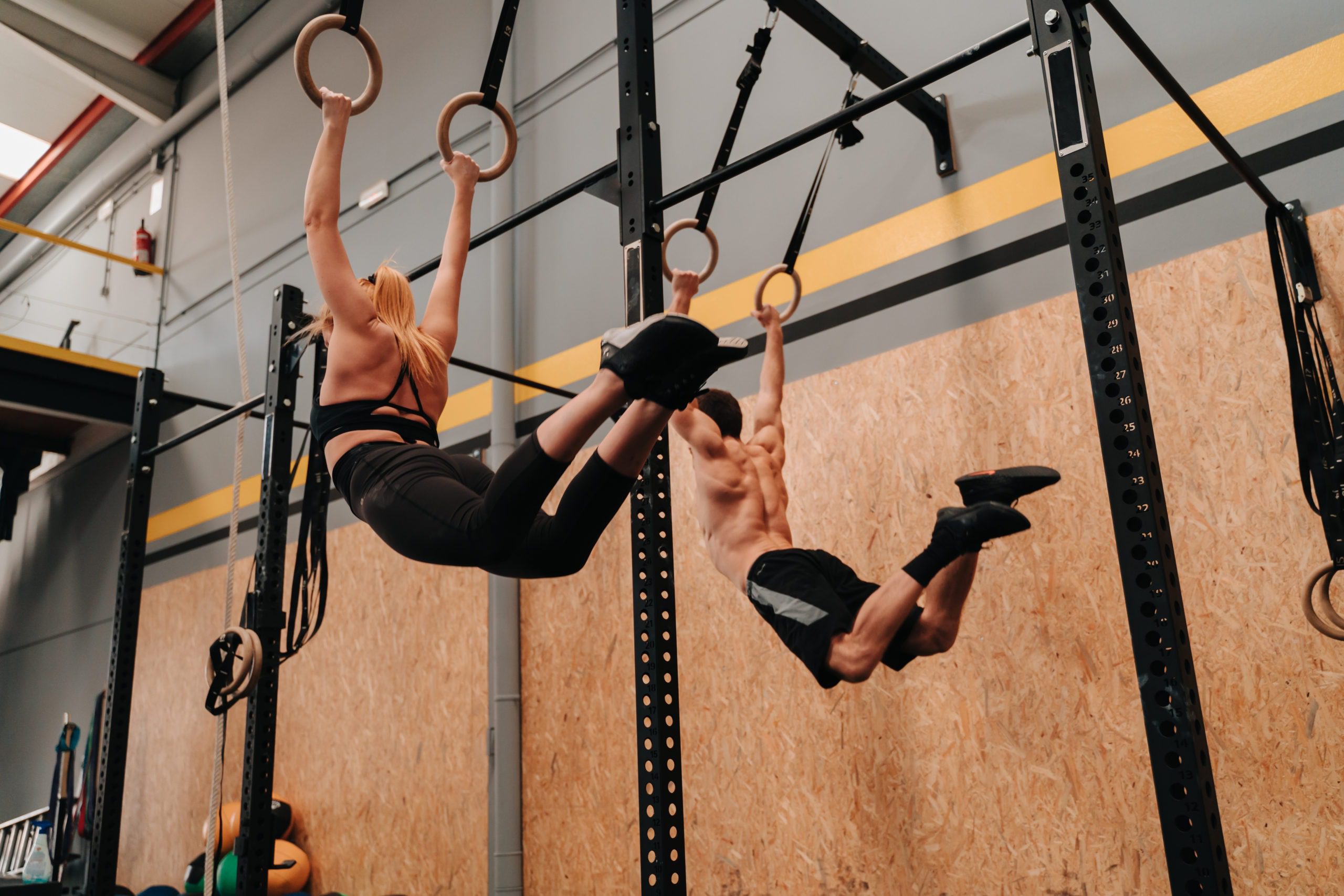
Want Training Tips, Exercise Guides & Knowledge Bombs Sent to Your Inbox?
Sign up for the FitNerd newsletter from TrainHeroic
Related articles
How to Do Preacher Curls for Bigger Biceps
Who doesn’t love hitting a good biceps workout and feeling that skin-splitting pump? The preacher curl is a great exercise for bulking up your biceps, but using the EZ bar isn’t the best option for everyone. To build juicy biceps without pissing off your elbow joint,...
The Best Exercises for Developing Speed
Want to run faster? It’s not just about sprinting more. The real secret lies in the weight room. Strength training builds the raw power, stability, and mechanics that turn into explosive speed on the field or track. Here’s how to train smarter and unlock your fastest...
Optimize Your Sleep Hygiene for Peak Performance
Every rep, every mile, every drop of sweat, it all counts. But if you’re not prioritizing sleep, you’re sabotaging your own progress. Here’s how to turn your nights into your biggest performance edge.Written ByLily Frei Lily is TrainHeroic’s Marketing Content Creator...

Join the community
Sign up for the latest training news and updates from TrainHeroic

About TrainHeroic
Made with love, sweat, protein isolate and hard work in Denver, CO
© 2023 TrainHeroic, Inc. All rights reserved.
